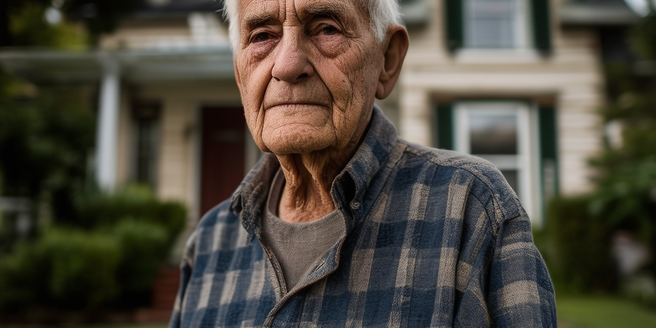Subsidized Senior Apartments
Subsidized senior apartments are designed for older adults with limited income. These apartments often have rental assistance programs provided by federal or state governments. Residents pay a portion of their income for rent, making it more affordable. Typically, rental rates are capped at 30% of an individual’s income, which helps ensure costs remain manageable for seniors on a fixed income. Many seniors rely on these programs to maintain their independence and financial stability. Furthermore, these apartments may offer age-specific amenities and services like community rooms, health services, and transportation options, enhancing the quality of life for seniors.
Low-Income Housing Tax Credit (LIHTC) Properties
The Low-Income Housing Tax Credit (LIHTC) program incentivizes developers to create affordable housing for low-income individuals, including seniors. Through tax credits, developers can offset the cost of building or renovating properties that meet affordable housing criteria. This makes it more feasible for developers to invest in such projects. These properties must adhere to income and rent restrictions, ensuring affordability. The program is crucial for addressing the housing needs of vulnerable populations. Seniors benefit from high-quality housing options without the burden of high costs. Additionally, LIHTC properties are often integrated into desirable locations, accessible to essential services and community resources.
Section 202 Supportive Housing for the Elderly Program
The Section 202 Supportive Housing for the Elderly Program provides capital advances to private, nonprofit organizations to finance the development of affordable housing for seniors. In addition to affordable rent, these properties offer supportive services such as housekeeping, transportation, and counseling. This program aims to allow seniors to live independently while still having access to essential services and support. Moreover, it helps alleviate the financial burden on families who may struggle with the cost of senior care. The properties are designed to meet the physical needs of older adults, ensuring a safe and accessible living environment.
Public Housing for Seniors
Public housing for seniors is a government-funded program offering rental housing at an affordable cost to older adults with low income. Managed by local public housing agencies (PHAs), these units are located throughout various communities, providing safe and secure living conditions. This initiative is crucial for supporting the aging population. It helps relieve financial stress for seniors who may otherwise struggle with housing costs. Seniors in public housing only pay a portion—usually 30%—of their income towards rent. The program ensures that elderly residents have access to safe housing and often includes community services that enhance their quality of life.
Housing Choice Voucher Program
The Housing Choice Voucher Program, known as Section 8, helps very low-income families, including seniors, afford decent, safe, and sanitary housing in the private market. Participants find their housing, such as apartments or houses, and a portion of the rent is subsidized by the program. This initiative ensures that the burden of high rent does not compromise their quality of living. Seniors using these vouchers benefit from the flexibility to choose housing that meets their needs while receiving financial assistance. The program empowers elderly renters by expanding their housing options and helping maintain financial stability.
Non-Profit and Faith-Based Housing Options
Non-profit and faith-based organizations play a crucial role in providing affordable housing options for seniors. These organizations often develop and manage housing units that offer reduced rent or subsidized living arrangements for older adults. In many cases, these organizations collaborate with local governments and other entities to maximize their impact. Beyond just housing, they typically provide a range of supportive services, including healthcare, meals, and social activities. These community-oriented environments foster a sense of belonging and support for seniors, ensuring that they not only have a place to live but also access to holistic care and community engagement.



